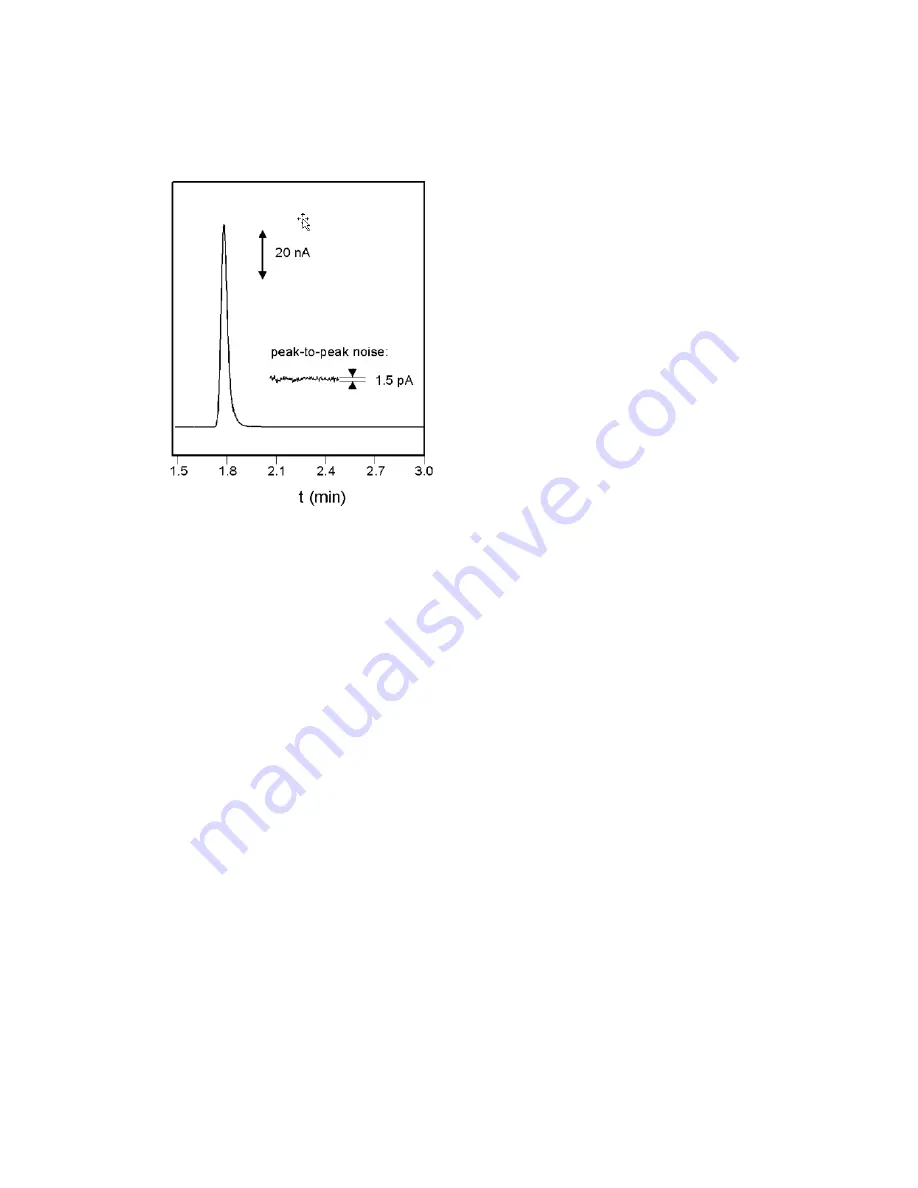
Figure 15–3: Example S/N ratio for norepinephrine (peak height: 80 nA, peak-to-peak
noise: 1.5 pA). The amount injected is 20 pmol (1.0 µmol/L). The concentration detection
limit based on three times sigma-noise in this case is 11 pmol/L.
15.1.5 Cell working volume adjustment
In a traditional electrochemical flow cell that uses metal/plastic gaskets (spacers), the thickness
of the gasket affects the linear flow velocity in the cell. With a thinner gasket, the cell working
volume decreases, resulting in a higher linear flow velocity. For example, the working volume of a
cell with a 2-mm diameter electrode with 25- or 50-µm spacer is 80 nL and 160 nL, respectively.
The signal increases with thinner spacers while the noise remains more or less constant, which
can lead to improvement in detection sensitivity (signal-to-noise ratio). Several authors have
described the relation between layer thickness (spacer thickness) in a thin layer flow cell and the
measured current (S) as S = k b
-2/3
, where b is the spacer thickness and k a constant.
Note:
The SenCell design eliminates the use of polymeric or metal gaskets. The working volume
of the electrochemical cell can be steplessly adjusted using the supplied adjustment key
(116.1400) without opening the cell. This allows easy optimization of the cell working volume and
thus detection sensitivity (signal-to-noise ratio) for any LC application.
December 16, 2021, 715007395 Ver. 00
Page 127






























